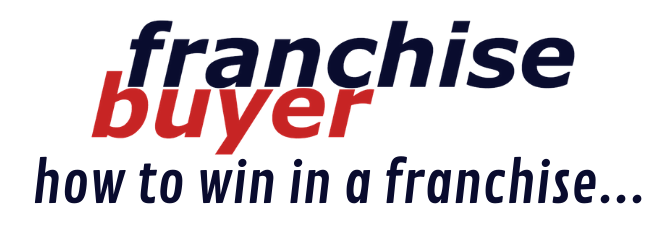
Marketing and the role of Brand Activation
We all need to do more with less and when it comes to marketing options there is so much choice. It can sometimes be a challenge to create an effective marketing campaign that delivers a strong return on investment. With ever-shrinking budgets, it's important to make the right choice for your brand.
The digital world, and in particular the digital world of marketing, is moving so quickly that the days of traditional media - TV, radio and print when not well-targeted, are becoming a thing of the past. Our customers are bombarded from the minute they wake up, and as marketers, we have so many more avenues to connect with them.
We also know that our customers all want to feel a sense of engagement but it’s on their terms and in their own time (can I get a high five to the world of content streaming!). So, the question is what is the right technique for brands to employ to cut through the clutter and leave a lasting impression on a customer? The most effective way to connect will vary from product to product and is based on the brand objective and the desired outcome. Is it trial, awareness, sales (it generally always comes down to sales) or brand building?
Brand activation can deliver on all of these objectives, it’s all about getting the right mix and the right formula to make the campaign a success.
What is Brand Activation?
Brand activation is the art of driving consumer action through brand interaction. In simple terms, the key aim of these marketing campaigns is to get consumers to act. It’s about bringing brands to life via experiences and forming long-term emotional connections. Through these campaigns, we are able to directly influence more people to do more, more often!
Brand activation campaigns take many forms and may involve some, or all of the following:
• Promotions such as prizes, giveaways, competitions, and gift with purchases.
• Experiential Marketing. This is where we are directly interacting with our audience and they are experiencing your product
in some type of immersive activity.
• Sampling Campaigns. Getting your products and services into the hands of as many customers as possible in a brand authentic way.
• Sponsorship and partnership leverage. This is when we take a sponsorship property and create a brand partnership to bring the investment to life. Activating a sponsorship gives us an opportunity to take the partnership to the next level.
• Loyalty and Influencer programs. This can be as simple as a coffee card, or as complex as a brand ambassador influencer program with multiple layers of engagement and communication.
• Mystery Shopping. This is often forgotten but a very powerful way to communicate, train and motivate staff, if done correctly.

We also need to remember the place of digital marketing in brand activation and acknowledge that it does play a pivotal role. Digital and social marketing are used to amplify brand activation campaigns and to help us reach a wider audience, it is also used as a platform to promote, capture and communicate our campaigns.
Best practice brand activation is strategically led and delivers measurable results, with a focus on return on investment. To activate a campaign successfully, you need a mix of the following elements: market insight, budget, strong adaptable concepts, consumer desire and interest, integrated support, sufficient time in the market and eye-catching creative and support materials. Getting the right mix is critical to campaign success and even if just one element lets you down – like the creative not being captivating, or the prize not aspirational, the campaign not supported or the promotion not given enough time in market – the brand activation campaign may not meet the objectives set at the outset. There really is a science behind getting the formula correct!
My top five Do’s and Don’ts for brand activation are:
- Brand activation should be considered as a vital part of the overall marketing approach, or marketing mix, and not a stand-alone discipline. With this in mind, it is important that the resources and budget are in place from the start in order to meet objectives and ensure the best results;
- Due to ever changing market conditions, campaigns may need to be tweaked or changed accordingly, so ensuring you have a sound understanding of this knowledge upfront and implementing a test case is a great way to sound out a campaign before national rollout;
- Take the time to consider all the options available to you within the brand activation space. Spend time working out which is the best option for your brand (and budget), and most importantly, which tactics will get you the best return on investment based on the campaign objectives;
- Remember it’s not all about immediate sales – think long term. Brand activation campaigns can generate trial, awareness, brand switching, and brand loyalty, so again take the time to employ the right method; and
- Get an agency to help you. There are specialist brand activation agencies that are experts in this space and are dedicated to creating campaigns that deliver, on time on budget and brand.
While brand activation campaigns can achieve outstanding results, conducting a campaign that is not aligned with the overall brand strategy and doesn’t stem from a brand insight could result in a less than successful activity. Sadly, we know from research that, 50% of promotional concepts won’t change consumer behaviour and 50% won’t generate enough awareness*.
But on a more positive note, we do know that a large proportion of consumers with live streaming and on-demand services say they tune out or actively skip ads, so there is the need (and it’s only getting greater) to find another way to connect with consumers and bring them meaningful brand engagement opportunities, you just need to decide which one.
*IMI Consumertrak





